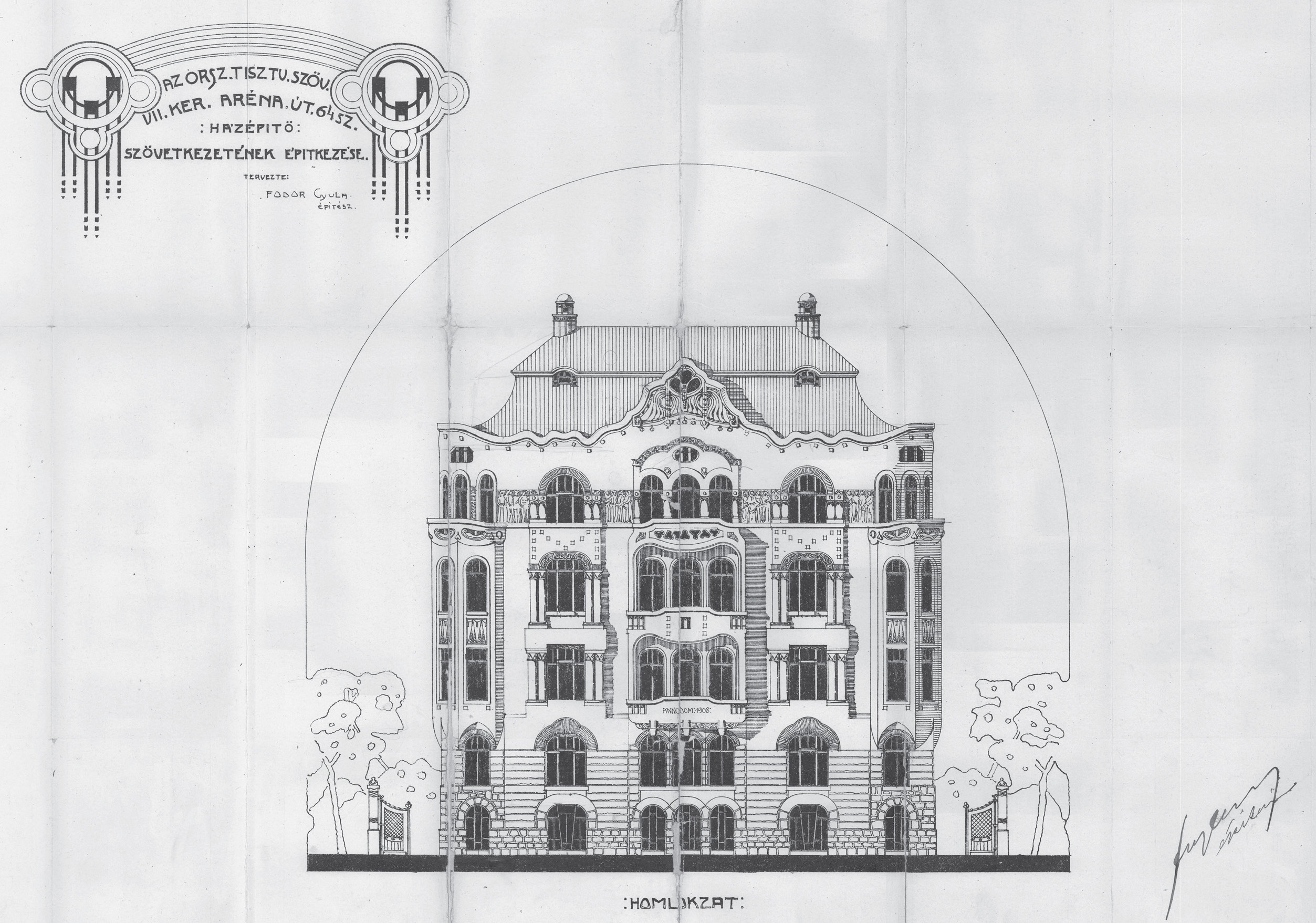In the first half of the 20th century, the idea of the family house and the suburb emerged in reduced form through the construction of condominiums in Budapest. While the suburb idea required intervention via urban development, and thus the involvement of public authorities, condominium construction was viable even the scale of a single plot. Nor did it require the involvement of public authorities beyond the creation of a legal framework, and architecturally it was integrated without hindrance into the well-established framework of apartment building. In the ideas of pre-war housing reform thinking, the favoured opposition to the family house was still the tenement, but after the war this role was taken over by the condominium. The ideal of the owner-occupied housing remained unchanged, but the physical form changed: the condominium took the place of the family house, assuming all the characteristics that had defined the latter. The new reality was the multi-family condominium building in a garden area, rather than the suburb with individual family houses.
DOI: https://doi.org/10.31577/archandurb.2022.56.3-4.3

This work is licensed under a Creative Commons Attribution 4.0 International License
